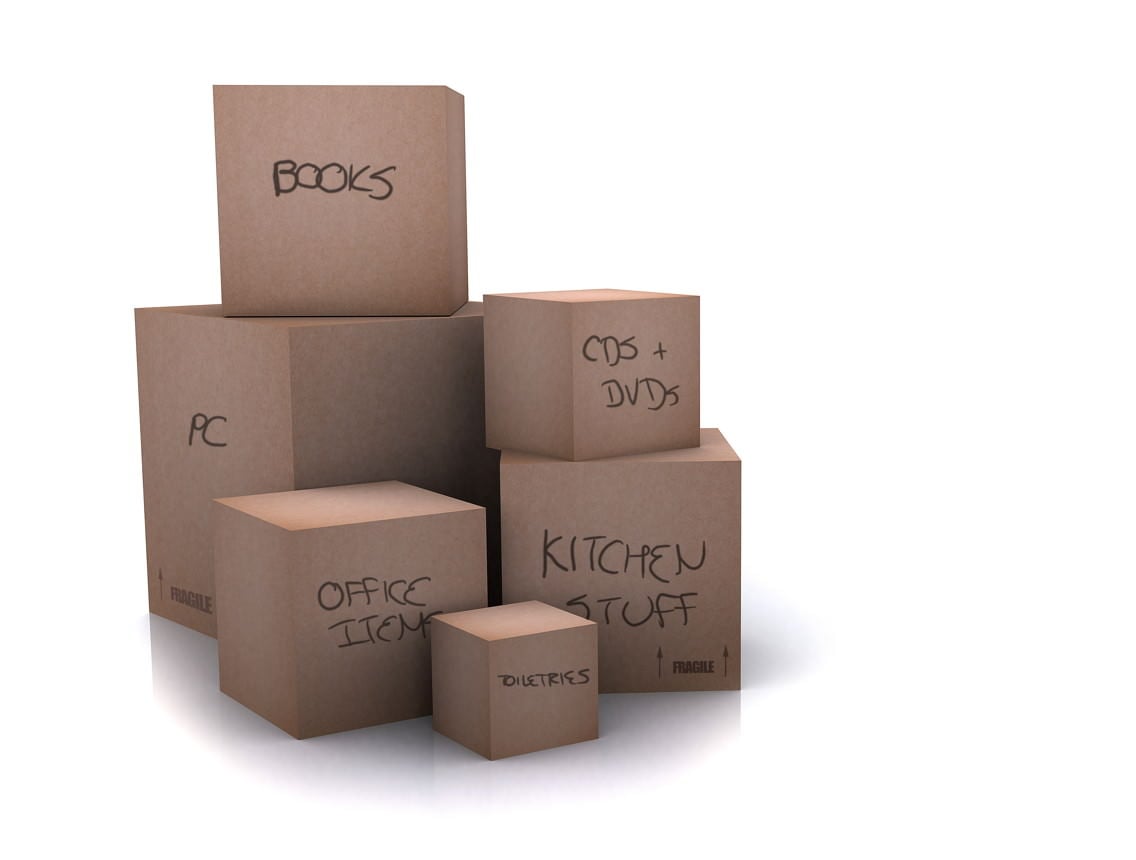Moving after selling your home can be an exciting journey. Whether you’re changing cities or neighborhoods, a move is not only a change in scenery, it’s the start of a new chapter in life. Yet, moving can also be very stressful, often seeming like one thing after another has to be done. By finding the right moving service and having a good, though flexible, moving plan, most of the common moving headaches can be easily avoided.
Start planning your move
Finding the best residential or office mover for your particular needs and at the right price involves a simple evaluation of your needs. Like many service-oriented industries, the moving companies of today have expanded to offer a wide range of services in order to be competitive. From planning your move, to storing your things, to packing and unpacking, to decorating and organizing your belongings in your new home, you can choose the extent of services you require and have them tailored to suit your moving budget.
Deciding what to pack isn’t as simple as it sounds, particularly if you’re downsizing, but the amount of goods as well as the type of goods you’re moving can make a big difference in which mover you choose and how much you’ll spend. A good rule of thumb is to group items into no more than three categories – Keep, Donate, Throw Away.
Label your things according to the rooms where they’ll be moved – bedroom #2, first floor powder bath by stairs, etc. Provide your movers with copies of the floorplan of your new home so they can move more efficiently without having to stop and ask you where things go.
Lastly, remember that the movers, though they are professionals, will get tired. On the Chicago-based Bernard Movers website, the movers advise keeping boxes under 50 pounds whenever possible. They also strongly recommend putting heavier items in smaller boxes to reduce bulkiness, and lighter items in larger boxes with proper labeling like “topload.”
Get referrals
According to Mayflower.com, one of the nation’s most recognized movers, finding a good moving service begins with asking someone you know – a family member, coworker or a friend about their moving experiences, good or bad. Who do you know who works with people who frequently move? Your real estate agent can also be an excellent source of information. And if you’re being transferred, ask your relocation agent which moving companies their company recommends. Other employees of your company who have preceded your relocation may also be able to suggest a reputable mover.
Large industry organizations such as American Moving and Storage Association (AMSA) have associate members listed on their Web sites. These associate moving company members must agree to abide by the terms of the organization’s published tariffs and to participate in the Arbitration Program sponsored by the organization, which may be positive for consumers. Although the AMSA doesn’t recommend movers, a list of members is posted on the site, along with helpful hints. The AMSA does suggest getting several estimates in order to compare cost and range of services.
Consumer organizations such as the Better Business Bureau can give you additional insights. If the company is registered through BBB, then you can find all relevant information from their corporate address, BBB rating, if there are any complaints against the company, the names of any and all management, and any specific licensing that your state may require.
Of course one of the many places to start looking for your mover is the Internet. Online you can find and compare many moving companies’ services on their websites.
Comparing movers
When you compare price and service estimates from several moving companies, you will find that estimates are based on the weight of your household items, the distance they will be moved, and the amount of packing and other services you will require. Be sure to show the estimator every single item that will be moved.
Find out if your mover accepts credit cards, third-party payments from your company, or whether the mover operates by cash only. Negotiations with your mover should include a clear understanding of rates and charges that will apply, the mover’s liability for your belongings, pick-up and delivery schedules, and claims protection. For example, if you decide to pack some of your own things, your mover will not be liable. If your estimate is binding, it will not cover non-itemized items. Non-binding estimates are not guaranteed rates, and only cover the weight of your shipment, and the cost of the moving services. An estimate still has to be performed before a mover will provide you with a binding contract.
If you are moving interstate, you should read and understand all of the information you will receive. In addition to brochures explaining their various services, moving companies should give you a copy of a consumer booklet entitled Your Rights and Responsibilities When You Move and information regarding the mover’s participation in a Dispute Settlement Program. Distribution of the consumer booklet and the requirement that movers must offer shippers neutral arbitration as a means of settling disputes that may arise concerning loss or damage on household goods shipments are requirements of the Federal Highway Administration.
Be prepared
Even in the most well-planned moves, something unexpected can happen. Insurance is crucial. Check with your homeowner’s insurance carrier about coverage for your belongings while moving. Your mover will provide either released value insurance (about $0.60 per pound of goods lost or damaged, according to NAVL.com) or full replacement value, which you must sign for on your bill of lading. If you are not sure how to estimate the value of your belongings for insurance purposes, your insurance carrier may provide suggestions, such as $10,000 per room or half the value of the new home. Items of special value such as heirlooms, paintings, or collectibles can be insured under separate riders. In the event of damage to an item, file a claim immediately. Be sure to save the packing materials to show to the adjuster, should there be any problems.




![[M06/S12] How to Sell a Home and then Buy Another](https://assets.agentfire3.com/uploads/sites/1928/2014/09/canstockphoto1941342-500x500.jpg)
